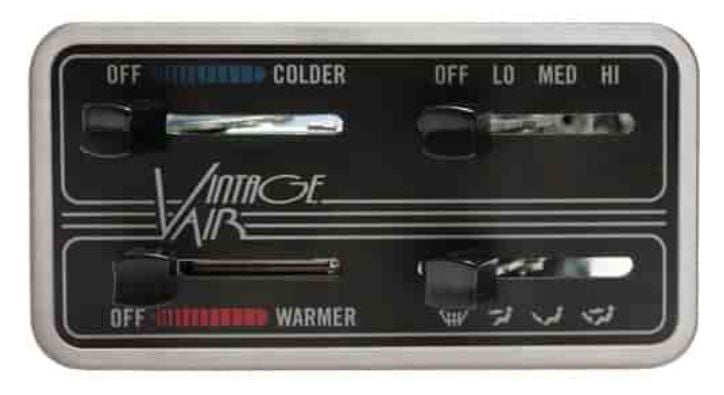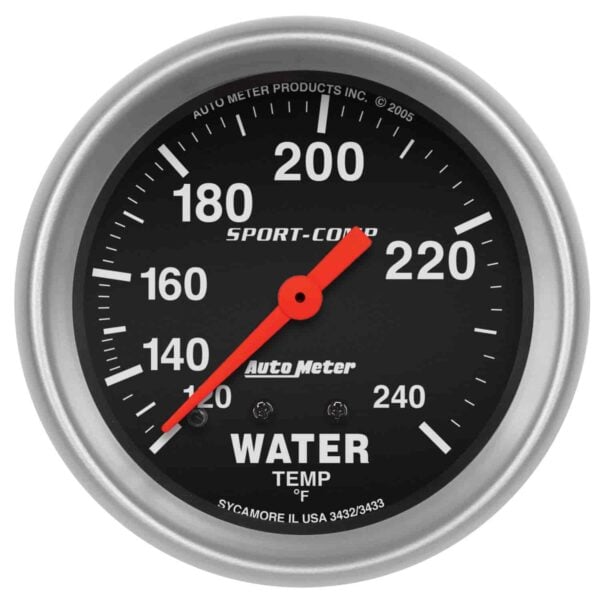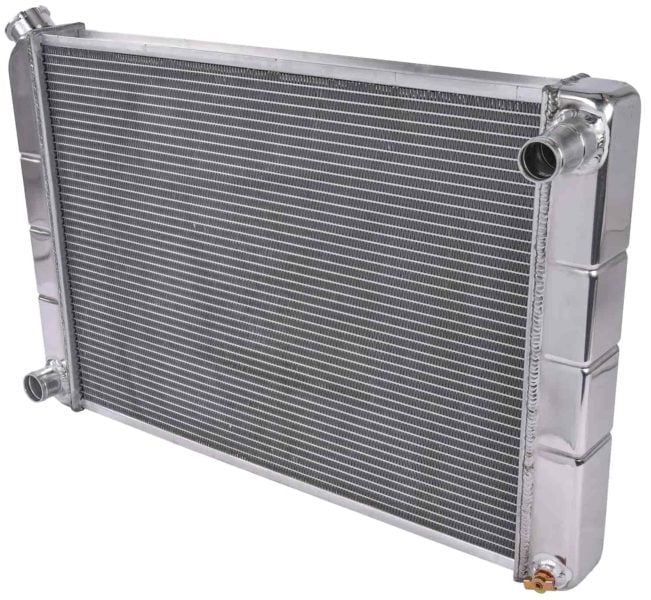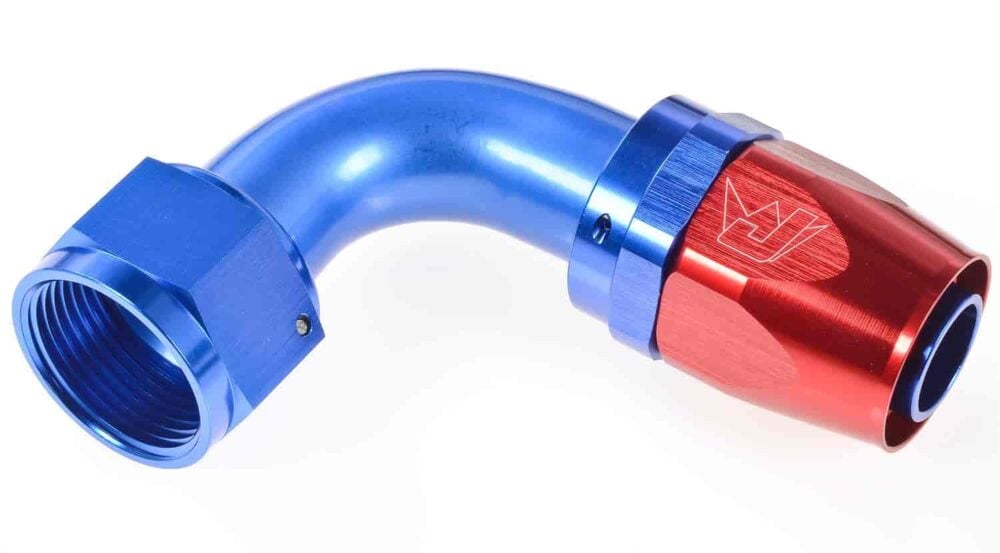Sign up now to join the JEGS email newsletter and be the first to learn about new products, special deals and e-mail only offers!


It's only been about 40 years since air conditioning became a must-have option on passenger vehicles in North America. Today you’ll be hard-pressed to find a passenger car or truck that doesn’t come with this comfort convenience and while a well-functioning AC is an almost essential piece of equipment in many climates, sometimes we need to do some maintenance to keep it running properly.
Your air conditioning system is a closed loop, so it should retain coolant for long periods, but you can expect to require a car AC recharge about once every three to five years, depending on the age of the vehicle and how often the AC is used.
If your car was built after 1994, it will likely use an R134a refrigerant. Cars built before this time use an R12 refrigerant, but it was phased out due to its dramatically negative impact on the ozone layer. The R134a refrigerant is still bad for the environment, but not nearly as much. In recent years automakers have introduced a new, more environmentally friendly refrigerant called R1234yf that reduces even further the impacts on our atmosphere.
You can check under the hood to see which refrigerant your vehicle uses. Usually, there's a sticker on either the front, top frame member, or just under the front of the hood that indicates what type of refrigerant you will need for your recharge. If you can't find that sticker, then consult your owner’s manual or your local dealership for the information.
Most air conditioning recharge kits that you can find at your local auto parts store will use R134a refrigerant. but check the labeling to ensure that you have the correct type for your vehicle. The wrong type of refrigerant can gum up the system and leave you worse off than before. Make sure that your kit includes the hose and valve that will allow you to connect to the air conditioning system for recharge.
When you are purchasing an air conditioning recharge for cars, consider picking up a kit that includes fluorescent dye in the refrigerant, so that you can use a UV light to check for leaks in the future. This allows you to troubleshoot and find leaks on your own, without going to a shop.
Your air conditioning system uses a compressor, located at the front or side of the engine and powered by the serpentine belt, to compress the refrigerant and then pass it at high pressure through a small radiator at the front of the vehicle to cool it off. This low-temperature, high-pressure coolant is then sent through the firewall to an evaporator in the cabin, where it expands and cools down dramatically. A fan blows air over the evaporator, cooling it and forcing cold air into your cabin. The expanded, and now warm, low-pressure refrigerant continues out past the firewall, through a thicker pipe, back to the compressor where the process repeats itself.
When folks talk about the low side port on your air conditioning system, they are referring to the low-pressure side of the system. Your high-pressure side has a thinner pipe than the low-pressure side, and the ports should have a different attachment valve.
Your low side port should have a black or blue cap screwed onto it, so use a clean rag to wipe down the area before removing the cap so that you can add refrigerant.

Sign up now to join the JEGS email newsletter and be the first to learn about new products, special deals and e-mail only offers!

Once you've cleaned the area around your low-pressure port, remove the cap of the port and prepare your refrigerant for installation. Be sure to place the cap in a safe location so that you don't lose it.
Start your vehicle, and turn the AC on and the fan to the maximum setting.
The Schrader valve on the low side port should attach to your recharge kit and you can attach the recharge hose to your new can of refrigerant, but be sure to give your bottle of refrigerant a good shake to stir up all the contents before starting the process.
Open the valve on the recharge kit to allow refrigerant to pass into the system, paying special attention to the pressure valve that should be part of the recharge hose. When the pressure is within the green range on the pressure indicator, you can close your recharge kit valve and replace the service port cap.
Clean off the area around the filler port so that you can do the next step without contamination.

If you have used a replacement refrigerant with a fluorescent dye, you can use a UV light to identify any leak areas in the system. You'll need to wait until dark or use a dark garage for this part of the process.
First, trace all the pressure lines from the compressor through to the firewall and back to the compressor. There should be two pipes, one thicker than the other. The thinner pipe is the high-pressure line, and the thicker one is your low-pressure side.
The next step is to find a dark area where you can run the UV light around the system to check for leaks. Mechanics find that the most common failure points in the air conditioning system tend to be the compressor itself, any place where there is a joint or connection, and even the service ports. The condenser can also be a failure point since it's in front of the radiator and exposed to debris and rocks while driving and can easily get punctured.
Carefully examine all the pipes and components in a dark area with your UV light to check for refrigerant that is escaping through a crack or bad joint.
If you find an area that is leaking, then you know what needs to be repaired or replaced to restore your air conditioning system to a pristine operating condition. Sometimes it's as easy as replacing an O-ring at a joint, but it can also involve more complicated repairs like a compressor replacement.
Now that you've learned how to recharge car AC systems you can save money by doing your own air conditioning diagnostic and recharge. Enjoy saving some money while keeping your car running the way it should, and find any repair parts you need at JEGS.




